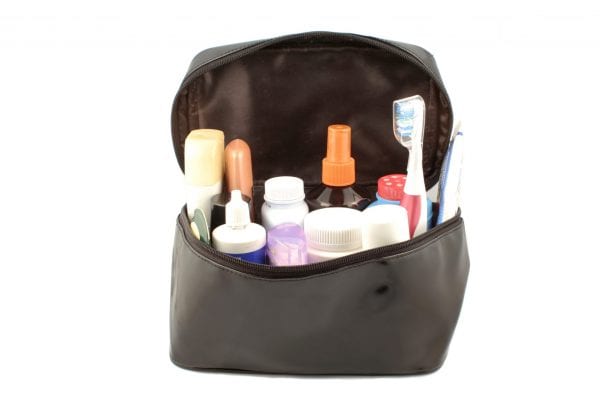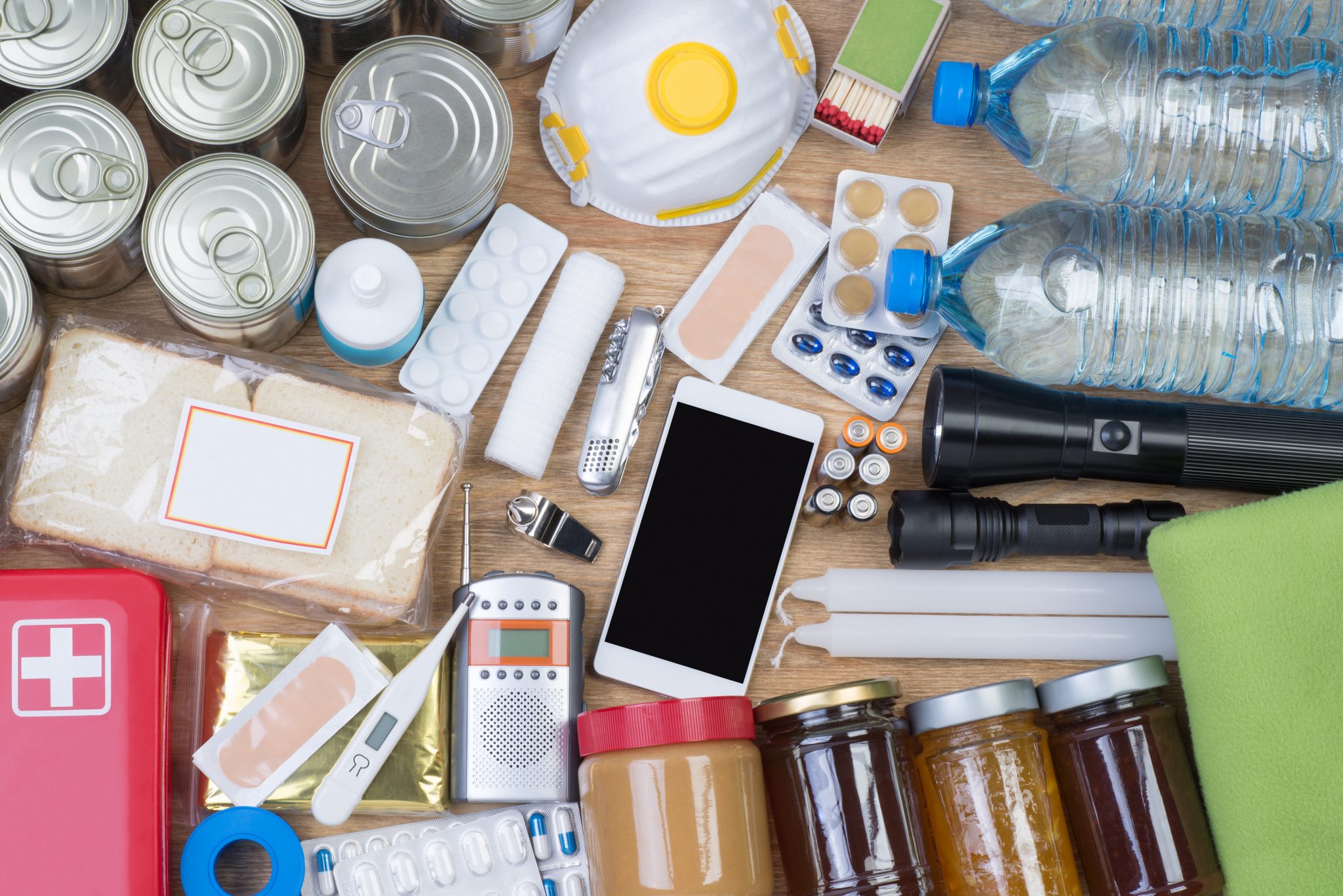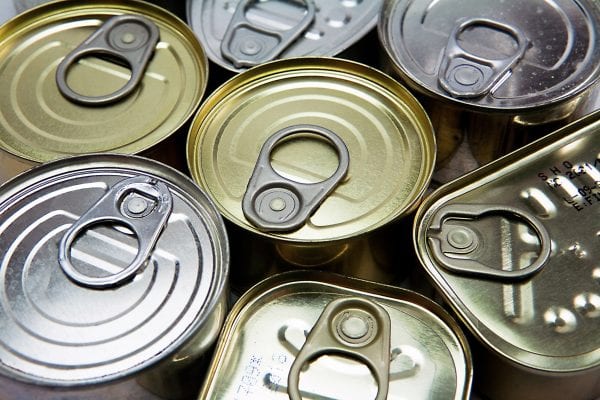Emergency Handbook

There are some basic items you should stock in your home or established shelter. These include water, food, first aid supplies, clothing, bedding, tools, and special items such as a battery-operated weather radio, extra batteries, flashlights, and a charged cell phone. Keep items that you would need during an evacuation in an easy-to-carry container.
Store at least 3 gallons of water per person per day–1 gallon for each person and 1 for each day. Keep at least a 3-day supply of water (2 quarts for drinking, 2 quarts for food preparation and sanitation) for each person in the household. A person who is generally active needs to drink at least 2 quarts of water each day. Hot environments and intense physical activity can double that amount. Children, nursing mothers, and ill people will need to drink even more. Store water in plastic containers such as large soft drink bottles. Avoid using containers that will decompose or break.
Store at least a 3-day supply of nonperishable food. Select foods that require no refrigeration, preparation, or cooking and little or no water. If you must heat food, pack a can of chafing fuel and matches. Select food items that are compact and lightweight. Include a selection of foods in your disaster supplies kit such as ready-to-eat canned meats, canned fruits, dried fruits, canned milk, nuts, canned vegetables, crackers, snacks, and peanut butter.
Assemble a first aid kit for your home and one for each car. Include the following:
- adhesive bandages in assorted sizes
- safety pins
- soap
- two pairs of sterile gloves
- sunscreen
- four to six 2-inch gauze pads
- four to six 4-inch gauze pads
- three triangular bandages
- three rolls of 2-inch roller bandages
- three rolls of 3-inch roller bandages
- scissors
- adhesive tape
- tweezers
- needles
- thread
- moistened towelettes
- antiseptic
- rubbing alcohol
- a thermometer
- two tongue depressors
- petroleum jelly or other lubricant
- extra eye glasses
- aspirin or nonaspirin pain reliever
- antidiarrheal medication
- antacids (for stomach upset)
- syrup of ipecac (use to induce vomiting if advised by the Poison Control Center)
- laxative
- activated charcoal (use if advised by the Poison Control Center)
Pack over-the-counter and prescription medicines for you and your family. These may include medicines for the heart, high blood pressure, high cholesterol, diabetes, arthritis, or other ailments or diseases. Don’t forget that insulin needs to be kept cool. Check your medications several days before a storm is due to arrive. If you only have 1 or 2 days of medicine left, you may want to get your refills before the storm. Power may be out after the storm, and pharmacies may be closed. Also don’t forget about denture and contact lens supplies.

Stock personal hygiene items. Include items such as toilet paper, towelettes, soap, liquid detergent, feminine hygiene supplies, soap, toothpaste, toothbrushes, disposable shavers, deodorant, disposable cloths and hand wipes, plastic garbage bags and ties (for personal sanitation uses), a plastic bucket with tight lid, disinfectant, household chlorine bleach, and facial tissues.
Pack one complete change of clothing and footwear per person. Make sure at least one pair of sturdy shoes or work boots are packed. Rain gear, blankets or sleeping bags, a hat and gloves, thermal underwear, and sunglasses may also be needed.
Include tools and other supplies. These should include paper cups, plates, plastic utensils, paper towels, a bottle opener, cash or traveler’s checks, coins, a nonelectric can opener, a utility knife, pliers, Philips-head and flat-head screwdrivers, a hammer, a crowbar, assorted nails, wood screws, a shutoff wrench to turn off household gas and water, duct and electrical tape, a compass, matches in a waterproof container, aluminum foil, plastic storage containers, a signal flare, paper, pencils, adhesive labels, safety goggles, heavy work gloves, a whistle, heavy cotton or hemp rope, a patch kit and can of sealed air, disposable dust masks, plastic sheeting, and a map of the area (for locating shelters).
Store items for your babies or small children. Items should include formula, diapers, wipes, bottles, powdered formula, milk, baby food, and medications.
Keep important family documents in a waterproof, portable container. Documents such as copies of wills, insurance policies, contracts, deeds, stocks, bonds, passports, Social Security cards, immunization records, a record of credit card accounts, a record of bank account numbers, names, and phone numbers, inventory of valuable household goods, important telephone numbers, family records (birth, marriage, and death certificates, and copies of Supplemental Security Income award letter). You may want to videotape items in your house for insurance purposes. Put the videotape or digital files in a waterproof bag and seal it.

Don’t forget your pets. Store pet food, additional water, a leash or harness, identification tags, medications, medical records, litter, and pans for all your pets.
Store some games and books for entertainment. Include board games and video games if possible, as well as fun books for reading.
Keep Emergency Kit Up to Date
Feeling good that your emergency kit is stocked and stored in a safe, accessible location? You can’t just pack your kit and forget about it.
Every 6 months rotate your food supplies by moving them out of your emergency kit and into your pantry, and buy fresh supplies for your emergency stockpile. This way, you’ll be sure your food supplies are fresh and edible when an emergency strikes.
You should also rotate your emergency water. Stored tap water should be rotated every 6 months. Prepackaged bottled water should be rotated once a year.
Check your first aid kit every 6 months and replace any expired products, prescription medications, and over-the-counter drugs.
Use pesticides only according to the directions on the label. Follow all directions, precautions, and restrictions that are listed. Do not use pesticides on plants that are not listed on the label. Trade and brand names used are given for information purposes only. No guarantee, endorsement, or discrimination among comparable products is intended or implied by the Alabama Cooperative Extension System. This publication is for information purposes only and should not be a substitute for recommendations or treatment by a health care provider.


